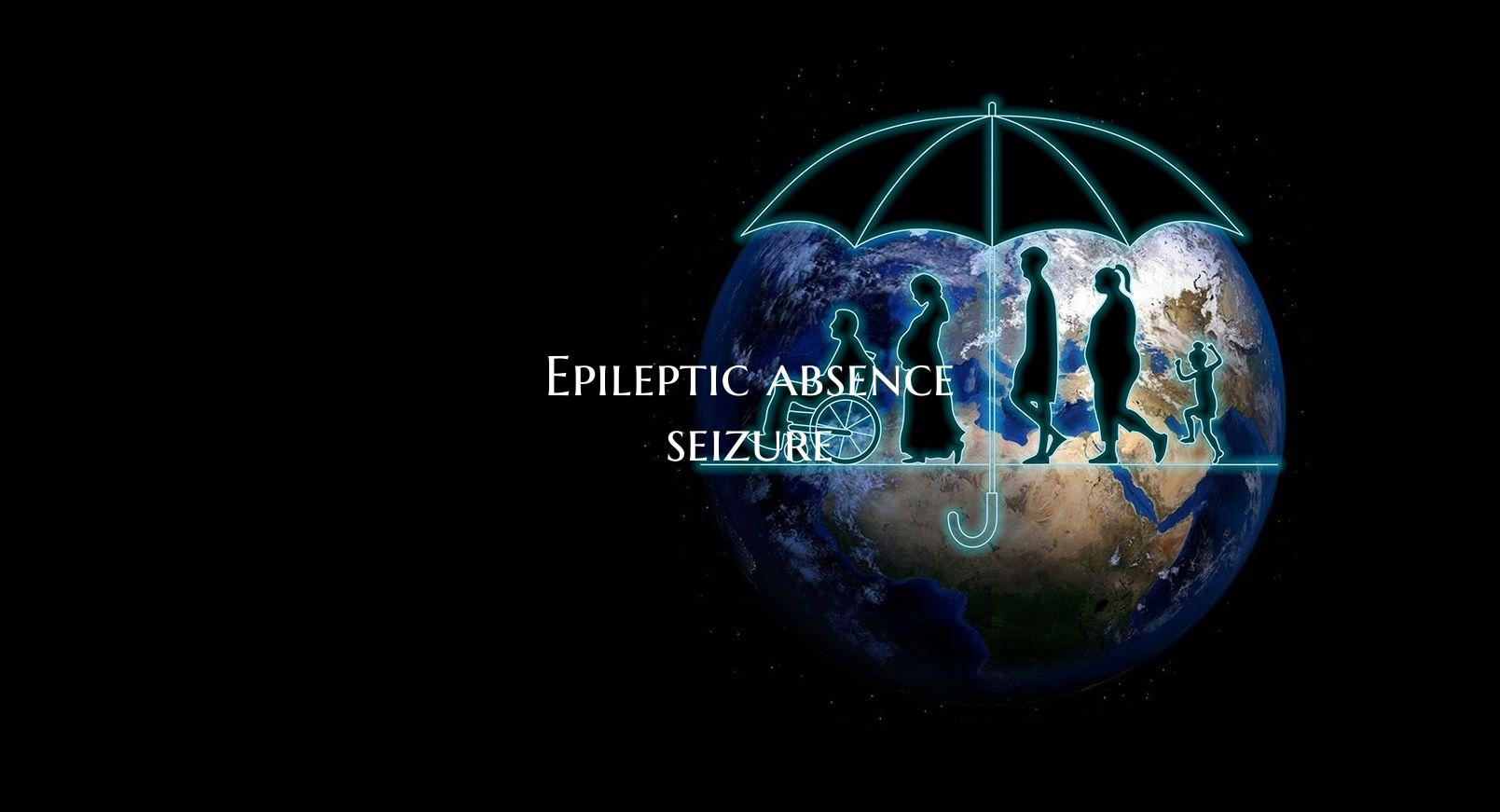
Epileptic absence seizure
Epileptic absence seizures, also known as petit mal seizures, are a type of seizure that is characterized by a brief loss of awareness or consciousness. While these seizures are generally considered milder compared to other types of seizures, they can still have a significant impact on a person's life if left unmanaged. Understanding the nature of epileptic absence seizures, their symptoms, causes, diagnosis, and treatment can help individuals recognize and manage this condition effectively.
Symptoms of an epileptic absence seizure typically include a sudden and temporary loss of consciousness, staring blankly into space, subtle body movements such as eye blinking or lip smacking, and a brief interruption in ongoing activities. These seizures usually last for a few seconds to half a minute before the person returns to full awareness without any recollection of the episode.
The exact cause of epileptic absence seizures is not fully understood, but they are believed to result from disturbances in the electrical activity of the brain. Certain factors such as genetic predisposition, brain injuries, infections, and metabolic imbalances may contribute to the development of this seizure type.
Diagnosing epileptic absence seizures involves a thorough medical history evaluation, physical examination, neurological tests, and diagnostic tests such as electroencephalogram (EEG) to monitor the brain's electrical activity during a seizure episode. It is crucial to differentiate absence seizures from other types of seizures to determine the most appropriate treatment approach.
Treatment for epileptic absence seizures usually involves antiepileptic medications to help control and prevent seizure episodes. Medication management should be tailored to the individual based on factors such as seizure frequency, age, overall health, and potential side effects of the drugs. In some cases, dietary therapies or surgical interventions may be considered for individuals who do not respond well to medication.
Managing epileptic absence seizures also involves lifestyle modifications such as maintaining a healthy sleep routine, reducing stress levels, avoiding triggers that may provoke seizures, and following a consistent medication regimen as prescribed by a healthcare provider. Regular follow-up appointments with a neurologist or epileptologist are essential to monitor the condition and make any necessary adjustments to the treatment plan.
In conclusion, epileptic absence seizures are a type of seizure characterized by brief episodes of altered consciousness. By understanding the symptoms, causes, diagnosis, and treatment options for this condition, individuals affected by epileptic absence seizures can work with their healthcare team to effectively manage the condition and improve their quality of life. Early recognition, proper diagnosis, and timely intervention are key to managing epileptic absence seizures successfully.